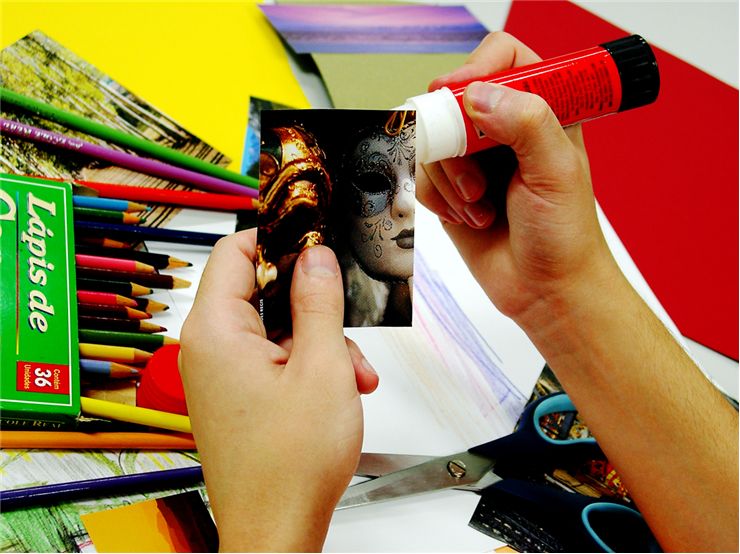Different Classification and Types of Glue
Basic Glue Types:
- Solvent glues – Flammable and quickly evaporating type of glues that consist from adhesive base mixed with a chemical solvent that makes the glue spreadable.
- Water-based glues –Non-flammable glues that use water as their solvent.
- Two-part glues – They use epoxy and resorcinol, made both from synthesized or organic reins. They are best for working with metals.
- Animal glues – Very popular glues that are most useful for working with woodwork or veneer.
- Cyanoacrylate glues – Synthesized polymer adhesives, best known under name “super glues”. They are extremely strong.
Types of glue by origin:
- Plant glues – Very numerous, with several of them being types of natural resin (Canada balsam, Pine rosin, Gum Arabic…), Coccoina, Latex, Methyl cellulose, Mucilage, Starch, Urea-formaldehyde resin and others.
- Animal glues – Created from prolonged boiling of animal connective tissue (skins, bones, tendons and other tissues). End result is gelatinous substance that is mostly made from protein colloid. Most used animals for creation of glue are horses, rabbits and fish.
- Synthetic adhesives – Synthetic adhesives are separated into two groups – Monomer glues (molecules that bind with other molecules to create polymers) such as Acrylonitrile, Super Glue, Acrylic and Resorcinol glue, and Polymer glues such as Epoxy resins, Polyamiode, Polyurethane, Polyvinyl chloride, Silicones and many others.
Types of glue by reactiveness:
- Non-reactive adhesives – They are fully chemically inert, perfect for use in medicine.
- Reactive adhesives – Glues that react with objects they are touching, changing the structure of objects around them and releasing waste products of those reactions.
- Drying adhesives – They are either based on solvent based adhesives (White glue, contact adhesives and rubber cements) or on Polymer dispersion adhesives (often based on polyvinyl acetate, popular in packaging, fabric manufacture and woodworking).
- Pressure-sensitive – Slightly liquid glues that require slight pressure from objects it needs to grab and hold together. They can be permanent or removable, leaving no residue after months or even years of use. Medicinal tapes of many types are pressure-sensitive.
- Contact adhesives – Industrial strong glues, used in engineering, construction, woodworking and footwear. They require tight contact between two objects, and they need to be left to dry (even up to 24hr). Rubber-based glues are famous for having ability to be removed without leaving any residue.
- Hot adhesives – Glues that are applied when they are in 65-180 °C range, enabling them to cool down and form strong bond between materials. They are used in engineering and construction, and are applied using glue guns or other tools.
- One-part adhesives – Glues that can begin the process of adhesion only if they are hit with the external source of power, most commonly radiation, heat or even moisture.
- Multi-part adhesives – Glues that require presence of two or more separate non-adhesive components to start chemical reaction.
